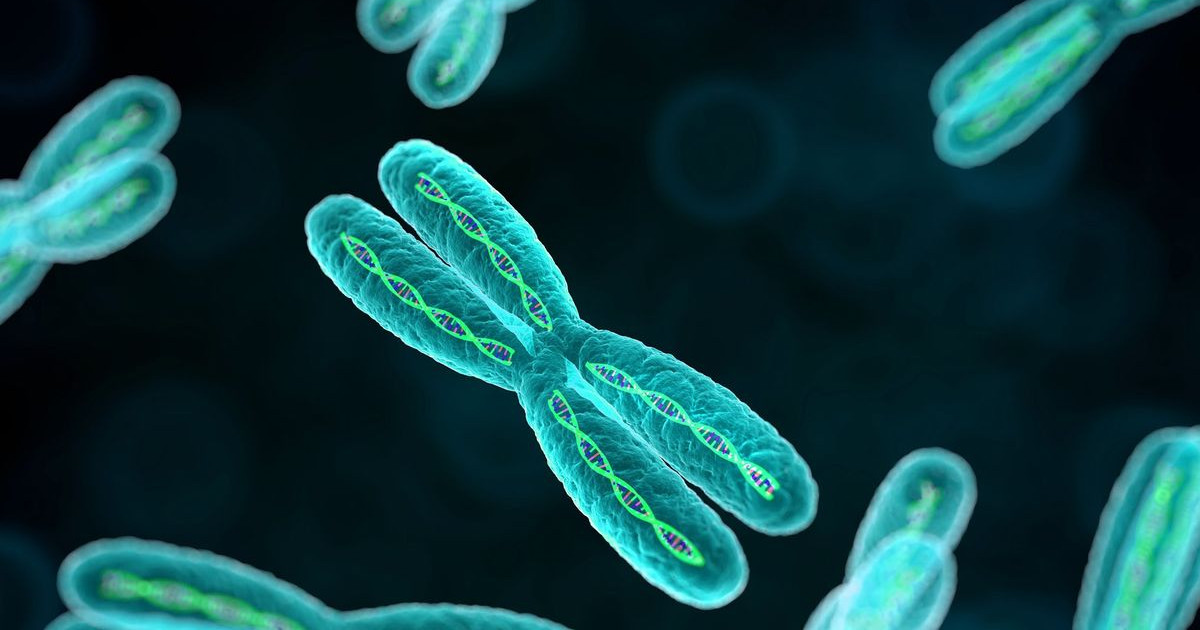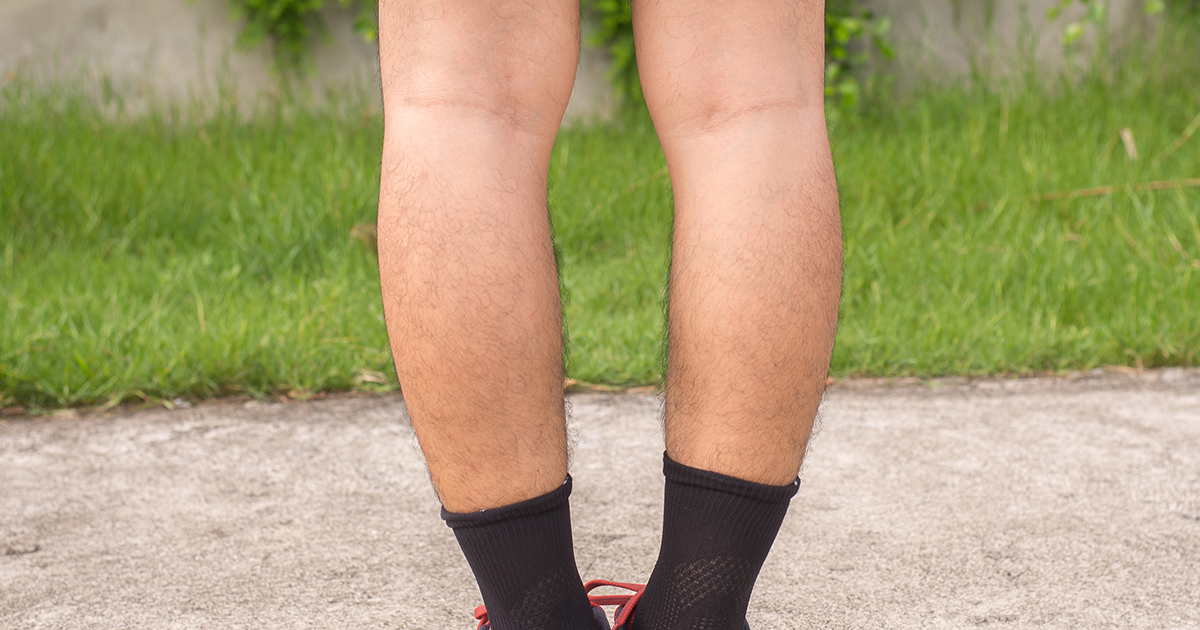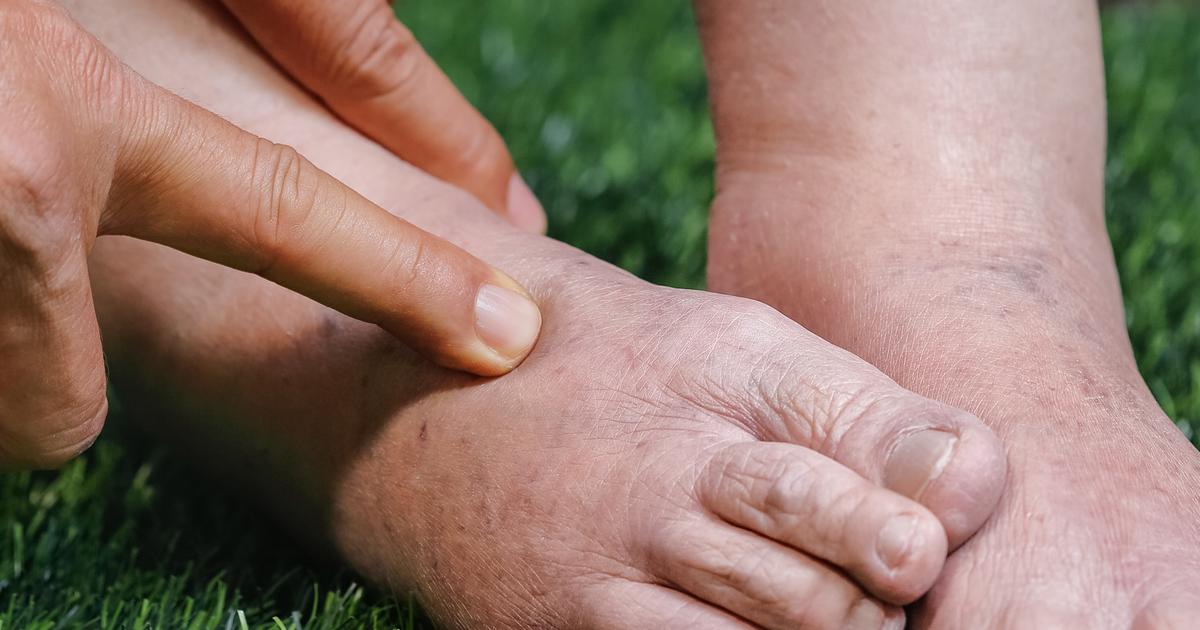Guide To Fibrous Dysplasia Warning Signs
Fibrous dysplasia is a rare bone disorder that occurs when fibrous tissue develops instead of normal bone. This scar-like tissue doesn't provide the structural support that bones need, so the affected bone becomes weak and more susceptible to fracturing or deformity. The majority of cases involve just one bone and a single site, but some patients experience the condition in multiple bones. Young adults and adolescents generally have one bone involved, while multi-bone cases usually develop before a patient reaches ten years old.
Gene Mutation

Fibrous dysplasia is caused by a gene mutation, but the gene isn't passed from a parent to a child. Though there isn't a cure for this condition, there are treatments that focus on bone stabilization and pain relief. Mild cases may not cause any symptoms, but more severe cases have significant warning signs.
Bone Fractures

As the fibrous tissue grows and expands to form more of the bone, the bone becomes weaker, which can lead to more bone fractures than in an otherwise healthy individual. In patients with multiple affected bones, it may be necessary for them to undergo surgical repair of their bones. Surgery may also involve removing the fibrous tissue entirely to prevent further fractures.
Affected Bones

The condition might affect any bone, though fractures are most commonly seen in the thighbone, shinbone, upper arm bone, pelvis, skull, and ribs. It's important for the condition to be diagnosed and treated to help prevent further deformity and fractures. Abnormal bones begin to form before an individual is born, but there typically aren't symptoms until later in life. It's rare for fibrous dysplasia to occur in individuals beyond young adults.
Leg Bone Curvature

Leg bone curvature is a common symptom when one or more bones in the legs are affected, typically the thighbone and shinbone. An individual's thighs and shins bear the majority of their weight when they walk. If the bones are weakened by fibrous tissue, they can't provide the same support individuals need, which can cause the bones to curve and deform in response to consistent pressure. The deformed bones have an increased likelihood of fracturing. It's important for patients to see a doctor if they observe any changes in the shape of the bones. Other symptoms include a difference in the length of limbs and unusual swelling.
Pain In The Bones

Even without total bone fractures, it's common for fibrous dysplasia patients to experience pain in the bones. This pain may affect multiple bones or just one, and will usually increase when a patient puts weight on the affected bones, since the bones are too weak to provide the necessary structural support. In many other cases, bone pain will go away with rest. However, with fibrous dysplasia, the bone pain continues even after resting because the weakness is still there. Bone pain like this might interrupt an individual's sleep. This pain is often the precursor to fractures, as it's a sign the bones are strained beyond typical pain tolerance levels.
Weight Gain Or Weight Loss

There are rare cases in which fibrous dysplasia is also associated with genetic syndromes that affect how the endocrine system's glands produce hormones. There are a few potential abnormalities that may occur, including weight gain or weight loss, depending on which glands are affected and causing these hormonal abnormalities. Typically in fibrous dysplasia, the thyroid gland is the one responsible for weight loss seen in patients, and the adrenal glands are those responsible for weight gain. The former can also cause anxiety and abnormal sweating in fibrous dysplasia patients, and the latter is linked to diabetes.
Unexplained Swelling

Unexplained swelling is another condition that commonly occurs in individuals with fibrous dysplasia. This swelling may be related to bone deformity. If bones become misshapen, they may cause lumps and swelling underneath the skin. Swelling might also be caused by a buildup of fluid, otherwise known as edema. Patients who experience unusual swelling accompanied by unexplained bone pain should see a doctor. Even if the condition isn't fibrous dysplasia, there are a number of other bone-affecting conditions that would require treatment. Doctors may suggest surgery to correct deformities and medication to help with the pain. With that said, the condition tends to be progressive, so it may be difficult to remove all the affected bone without recurrences.
